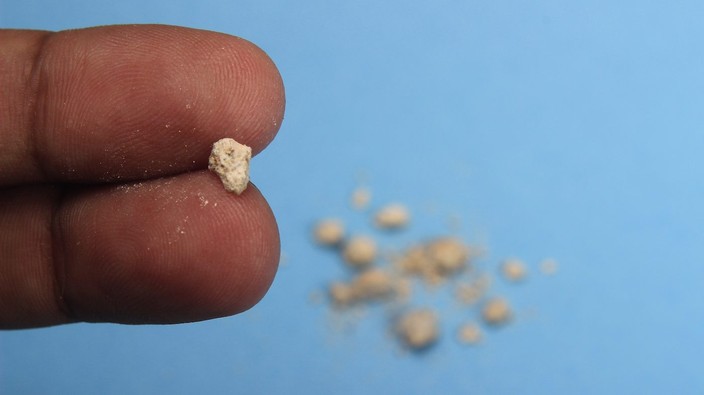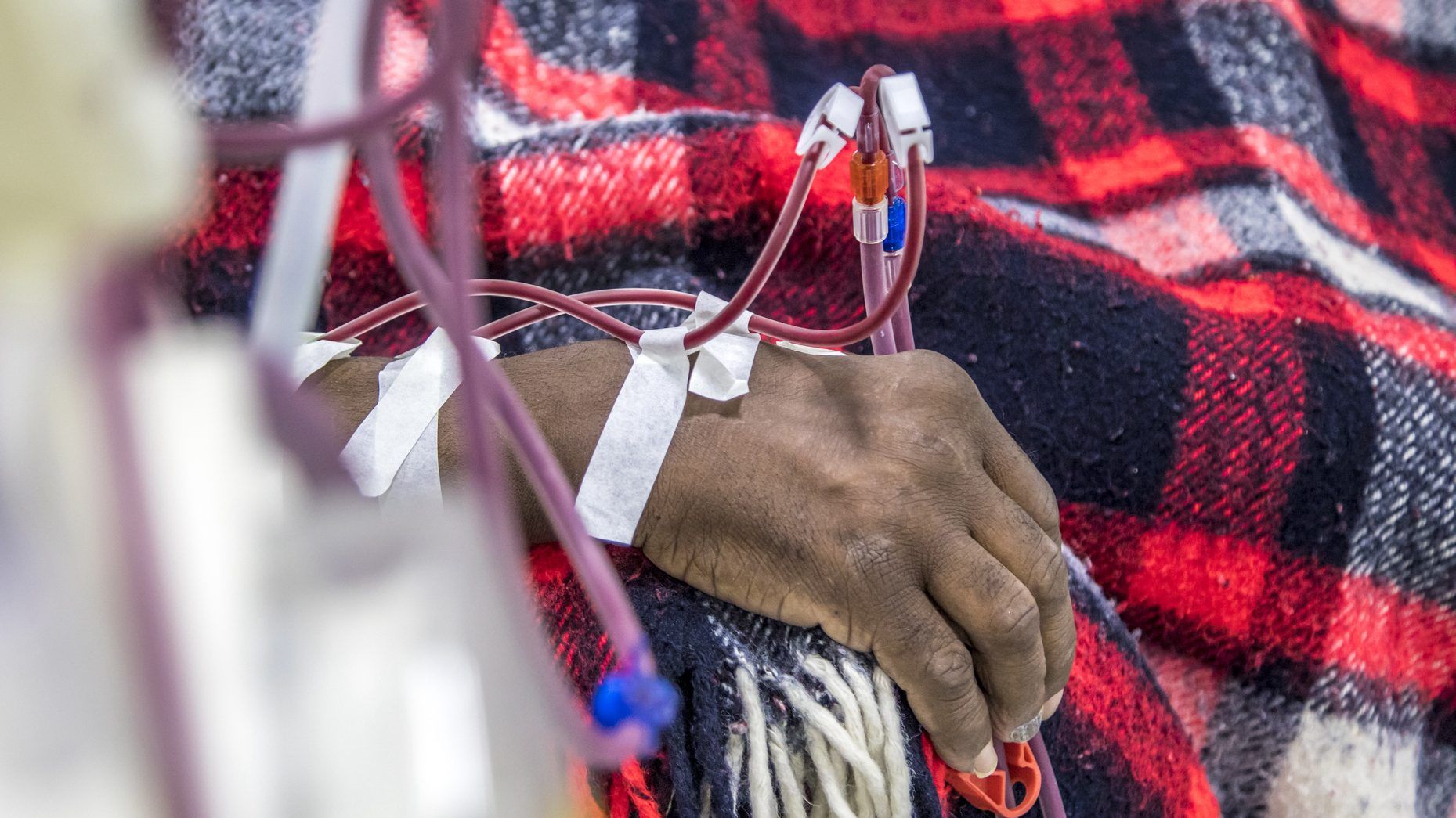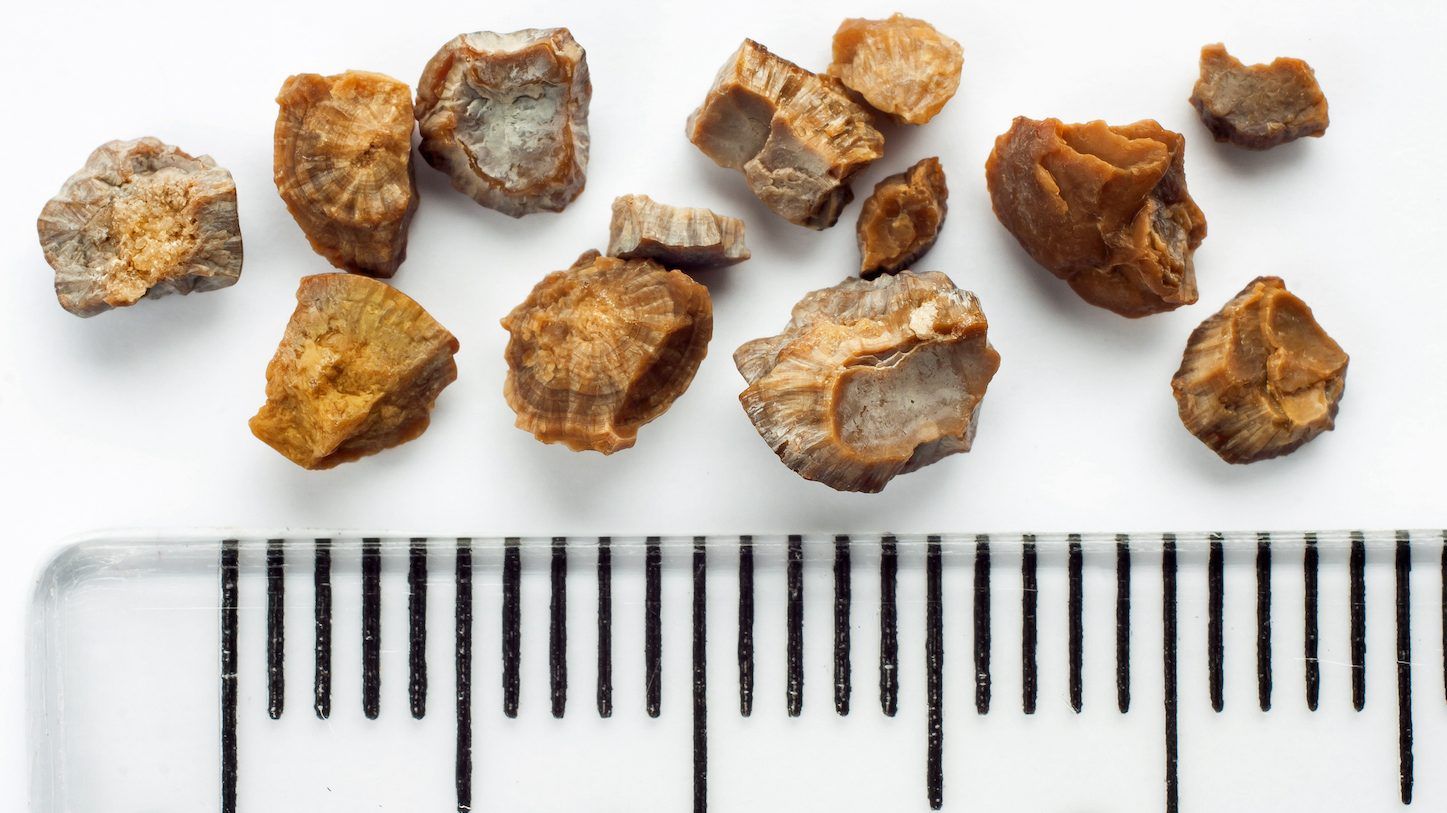u.k. 'cost of living crisis' has advocates worried kidney disease patients will skip dialysis to save money
kidney research uk is warning that rising energy costs may have some people skipping life-saving treatments.
leave no stone unturned when it comes to the kidney, study says
even stones so small they aren't considered a problem should be removed, according to new research.
fatigue, swelling, puffy eyes: do you know the signs of kidney disease?
because chronic kidney disease starts slowly with few symptoms, like puffy eyes, it may not be diagnosed before much of the damage has been done.
 6 minute read
6 minute read









